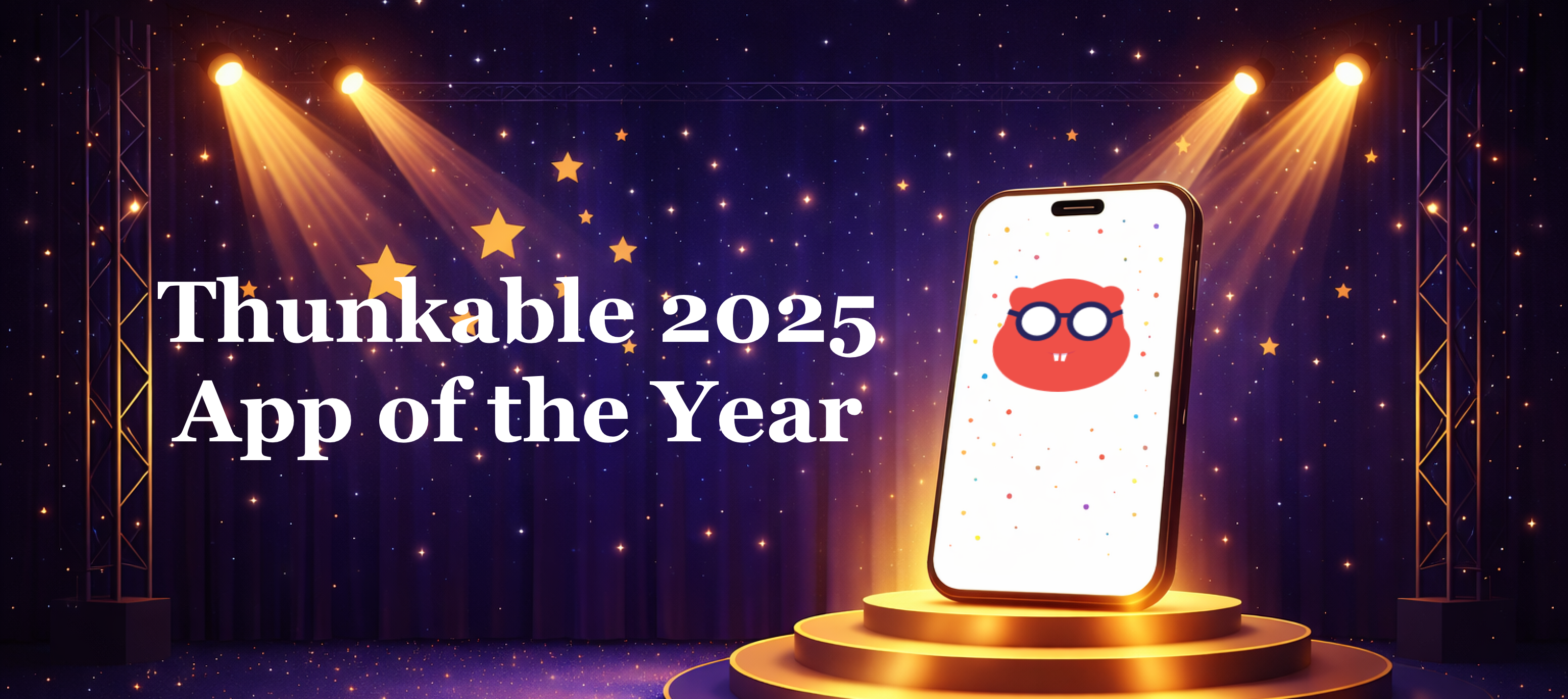What is a No Code Platform and Why Should I Bring One into My Classroom?

Computer Science is as much a foundational subject as biology. Students learn biology to comprehend the intricacies of life, while a computer science education equips students with the knowledge to navigate the quickly evolving digital landscape.
Giving students the technical skills needed to pursue computer science degrees, certifications, and careers is crucial. However, traditional programming often involves complex coding languages and steep learning curves. And that’s where no code and low code tools come in.
There’s More To Programming than Just Coding
Three terms commonly arise in software development: coding, low code, and no code. Each represents an approach to building applications:
- Coding is the traditional approach of writing code from scratch using programming languages.
- Low code platforms provide a middle ground by allowing some level of coding alongside pre-built components.
- No code platforms let users create applications without writing any code, through visual interfaces and drag and drop functionality. For example, Thunkable is a no code native app builder for mobile app development.
Each method has its advantages and disadvantages, so educators must explore these options and choose the appropriate path based on their students' skill levels and learning objectives.
Traditional programming classes begin at the basics, teaching students computer science principles and allowing them to progressively work their way through more advanced applications. No code and low code tools offer a low barrier to entry, making them suitable for beginners and younger students.
No code and low code tools have gained popularity due to their ability to accelerate development cycles and help non-technical users with website creation, mobile app development, and much more. Incorporating no code and low code tools into your curriculum can balance ease of use and learning outcomes while keeping students engaged.
Benefits of Incorporating No Code and Low Code Tools for Teaching Computer Science Principles
There are lots of benefits to using no code tools for teaching computer science principles.
1. Easier for Students to Comprehend
No code and low code tools are designed to be easy to use, allowing students to quickly engage with and understand fundamental concepts without extensive coding knowledge. By providing a more approachable method to learning computer science principles, students feel encouraged to pursue further education in the STEM fields.
2. Enhanced Creativity and Design Thinking
You can shift the focus from syntax and programming languages to applicable skills students can quickly grasp and implement with no code and low code platforms. Students can unleash their creativity by focusing on user experience design, interface customization, and app or website functionality, fostering a more innovative and design-oriented mindset.
3. Immediate Feedback and Learning by Doing
No code and low code tools allow students to see instant results of their actions, promoting a hands-on learning experience. They can experiment, make changes, and observe the impact in real time, which enhances their understanding of computational thinking, logic, and problem-solving.
4. Collaboration and Teamwork
No code and low code platforms often come with built-in collaboration features, allowing students to team up on projects. They can easily share their work and provide feedback, building the communication skills necessary for success in the digital age.
5. Transferable Skills and Career Readiness
Students develop a strong foundation in computational thinking and software building by using no code and low code tools. These skills are transferable to various technology-related careers, including app development, web design, UX/UI design, project management, and entrepreneurship.
What Educators Have to Say
Joe Mazzone, a computer science educator at the high school level, uses low and no code tools in his classroom to introduce his students to computer science. For Mazzone, utilizing low and no code tools made computer science concepts exciting and digestible for all of his students.

By starting with more accessible tools like Thunkable’s drag and drop app builder, Mazzone allowed his students to gain confidence with programming principles and see a potential future in pursing computer science academically and professionally. Learn how Mazzone inspires his high school students to pursue computer science with Thunkable.
Professor at the University of of San Francisco, David Wolber, firmly believes in providing his students with the tools needed to spark their creativity and curiosity in a computer science curriculum. Professor Wolber wrote the book on drag and drop code and built his entire curriculum around no code mobile app development.

Encouragement and empowerment are what Professor Wolber elicits from his students. Read more about Professor Wolber’s approach to setting his students up for success with the integration of no code app creation into his university level programming course.
Integrate a No Code Curriculum For Your Students
Check out our ultimate guide for educators to learn how you can integrate visual-based programming education in your classroom.

Using no code and low code tools to teach computer science principles drives students to become creators and problem solvers while building a solid understanding of core programming concepts.
Join the global network of educators using Thunkable’s no code mobile app development platform in their classrooms.
View Pricing
If you’re an administrator or requesting multiple licenses for your school or district, our team will follow up with you directly to learn more and help set up the right Education plan. We’ll work with you to make sure Thunkable is the best fit for your districts/classrooms.
We also offer special discounts for individual students and educators. Apply below, and you’ll receive a promo code via email to claim your discounted Thunkable Education plan.
Related Resources
What Will You Create?
Ready to take your first steps towards developing that amazing idea? Get started on your app for free.




.jpg)

.png)